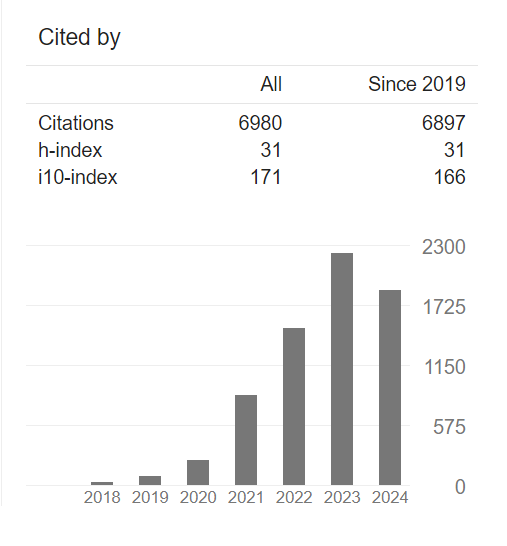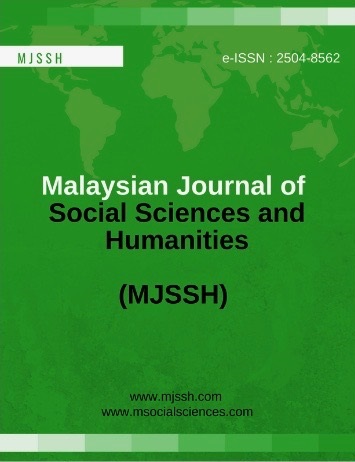From Ritual to Performance: Tracing the Origins of Puppetry Theatre
Abstract
This study examines the origin of puppet theatrical performance, tracing its development from early religious rituals to its contemporary form as a performing art. Employing a qualitative research design, the study integrates practice-led and ethnographic approaches to establish a critical understanding of puppetry as both cultural heritage and tourism resource. Data were collected primarily through in-depth interviews with international puppeteers and focused performance groups, supplemented by field observations at major puppetry events, including the Rainforest World Puppet Carnivals held in Kuching, Sarawak. Additional site visits were conducted in Beijing, Guangzhou, Yantai (China), and Yekaterinburg (Russia), enabling access to diverse puppetry traditions and practices. The data were analysed using the qualitative content analysis method, where professional advice and mentoring were leveraged and compiled through personal involvements within the industry at large.
Downloads
References
Ban, G. (2020). The Book of Han (Trans. W. Johnstone). Beijing: Zhonghua Press. (Original work published ca. 1st c. CE)
Banham, M. (1996). The Cambridge paperback guide to theatre. Cambridge University Press.
Chen, F. P. (2003). Shadow theaters of the world. Asian Folklore Studies, 62(1), 25-64. https://doi.org/10.2307/30037889
Gao, C. (1988). Shiwu jiyuan [Origins of Things]. Beijing: Zhonghua Shuju. (Original work published ca. 1086 CE)
Gu, J. (2000). Gushi bian [Debates on Ancient History]. Beijing: Zhonghua Shuju. (Original work published 1936)
Magnin, C. (1862). Histoire des marionnettes (2nd ed.). Paris: Michel Lévy Frères. (Original work published 1852)
North American Puppetry. (2001). In H. Jurkowski (Ed.), World encyclopedia of puppetry arts. https://wepa.unima.org/en
Orr, I. C. (1974). Puppet theatre in Asia. Asian Folklore Studies, 33(1), 69-84. https://doi.org/10.2307/1177504
Özder, L., & Söyük, M. (2019). The art of the puppetry as a touristic object. Uluslararası Turizm Ekonomi ve İşletme Bilimleri Dergisi, 2(2), 269-275.
Pandin, F. (2020). The evolution of puppetry and cultural narratives. Jakarta University Press.
Pischel, R. (1902). The home of the puppet-play (M. C. Tawney, Trans.). London: Luzac & Co. https://archive.org/details/homepuppetplay00vyvygoog
Qi, R. (2010). Zhongguo wutai yishu shi lunwen ji [Collected essays on Chinese performing arts history]. Beijing: Zhonghua Shuju. (Original work published 1923)
Wei, L. Q. (2007). History of Chinese Shadow Puppetry. Cultural Relics Publishing House.
World Encyclopedia of Puppetry Arts. (n.d.). Shadow theatre. In International Puppetry Association. Retrieved September 18, 2025, from https://wepa.unima.org/en
Xuanzang. (1996). The Great Tang dynasty record of the western regions (Li Rongxi, Trans.). Numata Center for Buddhist Translation and Research. (Original work published 646 CE)
Yakup, M. R., Awangko, H. A., Hishamuddin, S., Abdul Riezal, D., & Mohd. Jefri, S. (2017). Bilum: A cultural object of the Pagan Melanau. Journal of Engineering and Applied Sciences, 12(25SI), 6968-6973.

















